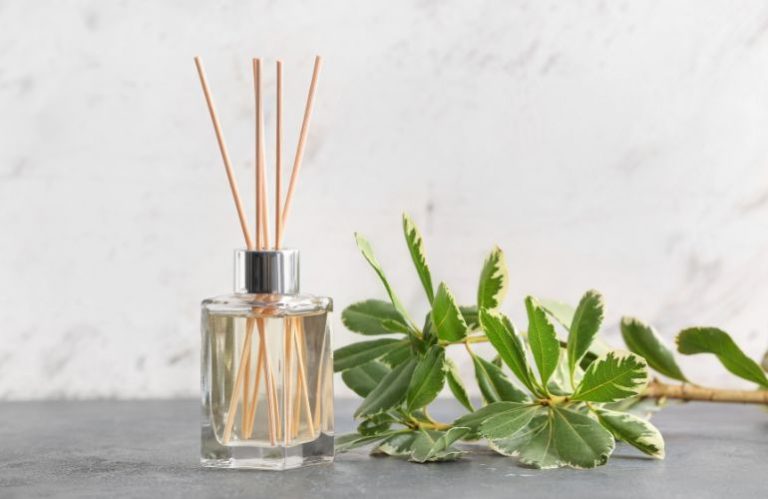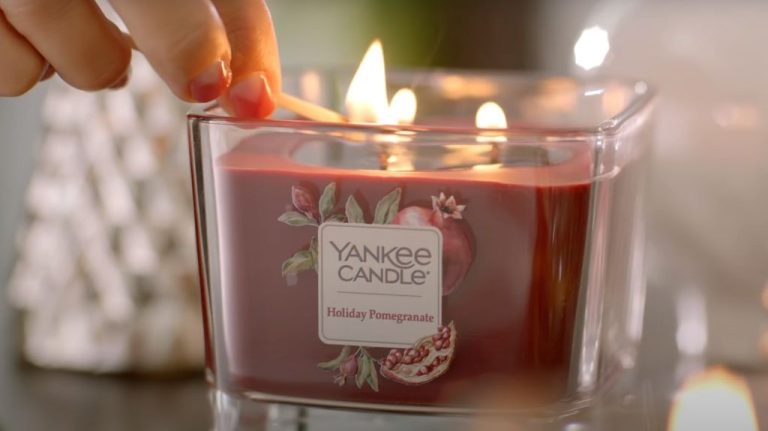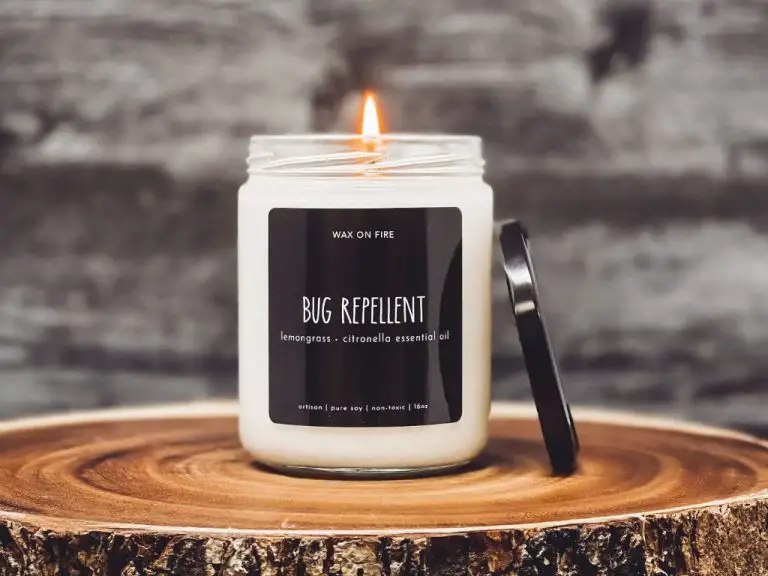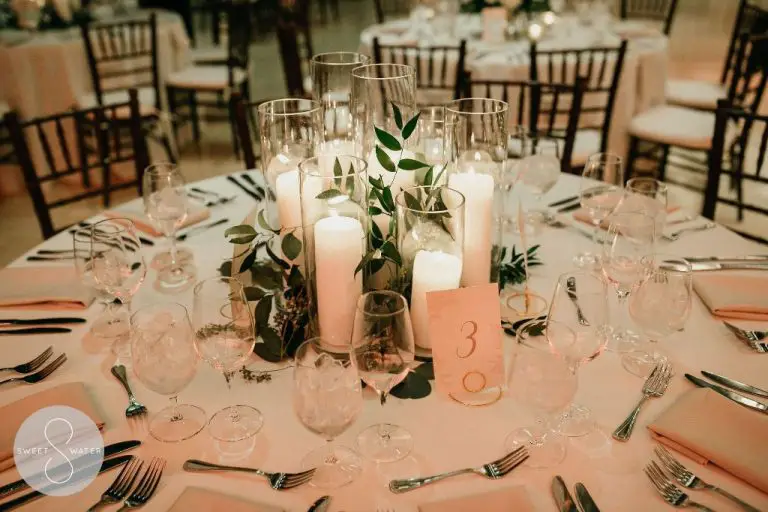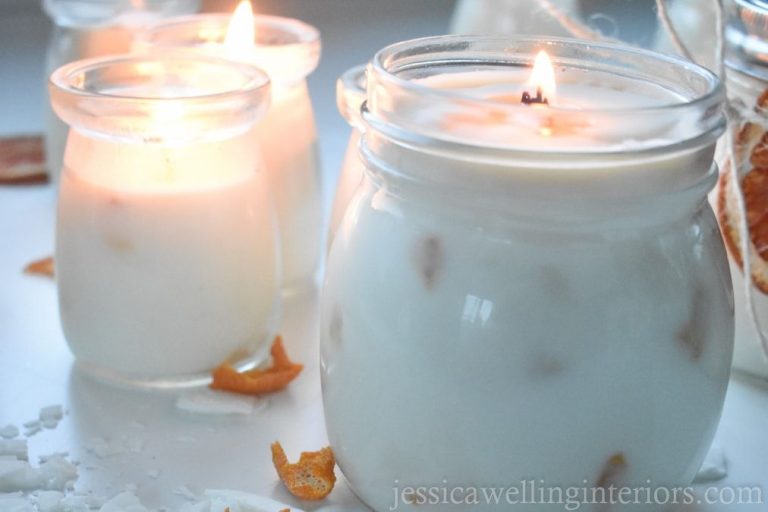What Is The Difference Between A Tealight And A Candle?
Tealights and candles are both small wax candles used for lighting, ambiance, and fragrance, but there are some key differences between them. Tealights are very short and wide candles that fit into small metal or glass holders. Candles come in a variety of heights and widths, and are placed directly into candle holders or candelabras. This article will compare tealights and candles in detail, looking at differences in wax, burn time, uses, safety, and cost. The goal is to explain the distinguishing features of each type of small wax candle.
What are Tealights?
Tealights are small wax candles in thin metal or plastic cups designed to melt completely while lit. The metal cups allow the melted wax to pool at the bottom as the candle burns, helping the candle remain lit as just a wick in liquid wax. Tealights are typically 1-3 inches wide and around half an inch tall.
The small size and metal cups make tealights convenient to use. They can be placed in glass holders for decorative lighting, used to keep food warm at the table, provide a flickering flame ambience, floated in water, or scattered in lanterns and luminaries. Their short burn time of 2-6 hours suits tealights well for temporary and atmospheric lighting.
According to Wikipedia, tealights originated from the Japanese tea ceremony, where candles were used to heat water and provide light. The name tealight derives from their use in “tea lighting” during traditional tea ceremonies.
What are Candles?
Candles are a solid fuel source typically made from wax that provides illumination. They contain a wick in the center which is lit to provide a steady flame as the wax melts and vaporizes. Candles come in a variety of shapes and sizes for different uses. Some common candle shapes are tapers, pillars, votives, tealights, and container candles.
Tapers are long, thin candles while pillars are thicker and wider. Votives are short and small while tealights are very tiny candles often placed in small metal or glass containers. Container candles incorporate the candle wax and wick in a glass jar or other vessel.
Candles are used to provide light and ambiance. They are often scented with oils and used in religious ceremonies, aromatherapy, meditation, or simply to make a room smell nice. Candles are given as gifts and used to mark special occasions like birthdays and holidays. Their warm, flickering glow provides a cozy and relaxing atmosphere.
Key Differences
There are several notable differences between tealights and candles:
Tealights are small, ranging from 1-3 inches in diameter and height. They come in a metal container meant to catch wax drippings. Candles, on the other hand, come in varying sizes like pillars, tapers, votives, etc. Some can be quite large.
Tealights are designed to burn for 2-6 hours. Their metal containers allow the wax to melt into a shallow pool for an even burn. Candles like pillars and tapers can burn for much longer, like 8-12 hours before needing to be replaced.
Tealights are mainly used for aromatherapy, small decorative lighting, or adding ambience. Their short burn time makes them ideal for these quick uses. Candles have a wider range of uses from religious ceremonies to mood lighting an entire room.
Overall, tealights burn for a short time in their metal containers while candles have more versatility in shape, size, burn time, and uses.
Wax
Tealights typically use paraffin wax. Paraffin wax is a petroleum-based wax made from refined crude oil. It’s inexpensive, easy to work with, and has a low melting point, making it well-suited for tealights.
Candles can be made from a variety of waxes including paraffin, soy wax, beeswax, palm wax, and more. Soy wax is made from soybean oil and is often used to make container candles. Beeswax is a natural wax made by honey bees and has a pleasant natural honey aroma when burned. Palm wax comes from palm trees and is harder than paraffin wax.
While tealights are almost always paraffin, candles come in many wax varieties to produce different burning characteristics, textures, smells, and colors.
Sources:
Burn Time
One of the key differences between tealights and candles is burn time. Tealights are designed to burn for a much shorter duration than standard candles. https://www.quora.com/How-long-does-a-tealight-candle-burn
On average, a tealight candle will burn for 4-6 hours before going out completely. This makes them ideal for providing ambiance, light, or fragrance for a few hours at a time. In comparison, a standard pillar or taper candle generally burns for at least 8 hours or more before being fully spent.
Candles are usually 1-3 inches wide and 6-12 inches tall. Their larger wax volume and wick size enables them to burn longer than the smaller tealights. So if you need a candle that will burn through the majority of an evening, a standard candle is a better choice than a tealight.
For events or occasions shorter than 4-6 hours, tealights can provide great mood lighting and fragrance. Their lower burn time makes them more affordable and reusable than candles for small gatherings. But for all-day or all-night use, candles will burn significantly longer to meet your needs.
Uses
Tealights are most commonly used to provide ambience or decoration. Their small size makes them ideal for placing in glass containers, candle holders, or floating in water features. The candles create a warm, cozy lighting effect perfect for tablescapes, mantle displays, and other decorative purposes (source).
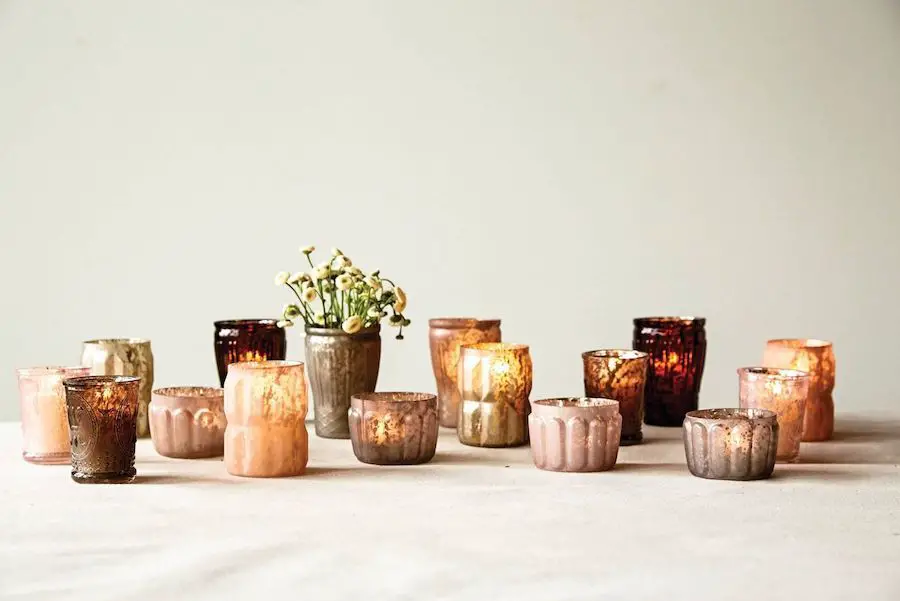
Standard candles are more often used as sources of lighting, to brighten a room or illuminate a larger space. Their larger size produces more light output. Candles can be used as temporary lighting during power outages, or as mood lighting for dinners and special occasions (source).
Safety
Tealight candles and regular candles have some key differences when it comes to safety and precautions needed during use. Tealights often come in metal or glass containers, which helps contain the flame more than a regular candle with an open wick. However, tealights still present fire risks that require safety precautions.
According to the European Fire Safety Alliance, the metal cup and glass containers used with tealights can get extremely hot, up to 200°C, even though the flame itself is relatively small (1). So it’s crucial to place tealights on heat-resistant surfaces during use and allow them to fully cool before handling to prevent burns. Tealights should never be left unattended or placed near flammable materials.
Regular candles with exposed wicks present even greater fire hazards. Their naked flames can more easily ignite nearby objects. Proper candle holders must be used, keeping the flame away from anything flammable. Candles should be kept 12 inches from walls, curtains, papers, decorations, and anything else combustible (2). Open candles should never be left burning unattended.
Overall, both tealights and regular candles require fire safety awareness and precautions during use. But tealights, when used properly in appropriate holders, present lower risks thanks to their more contained flames. Still, no open flame should be left unsupervised.
(1) “tealights and candles.” European Fire Safety Alliance, www.europeanfiresafetyalliance.org/wp-content/uploads/2017/04/31.pdf. Accessed 25 Feb. 2023.
(2) “Candles.” Derbyshire Fire & Rescue Service, www.dsfire.gov.uk/safety/home/candles. Accessed 25 Feb. 2023.
Cost
When comparing tealights and candles, cost is an important consideration. Tealights are generally cheaper per unit than standard candles. A box of 100 tealights may cost $5-10, working out to around 5-10 cents per tealight. Candles are more expensive at 50 cents to a few dollars each depending on size, type, fragrance, etc. However, tealights burn for a much shorter time, usually 1-4 hours. Candles can burn for up to 20 hours or more. So while tealights have a lower upfront cost, candles can actually be more cost effective in the long run since fewer are needed to provide the same total burn time.
For example, to get 40 hours of burn time with tealights, you would need 40 tealights at a cost of $2-4. For candles that burn 20 hours each, you would only need 2 candles costing $1-6. So the total cost for 40 hours of burn time is lower with candles. Tealights are best for occasional, short-term use where longevity is not a priority. For regular, frequent use, the longer lifespan of candles makes them more economical.
Conclusion
In summary, while tealights and candles share some similarities, there are several key differences between the two. Tealights contain a small amount of wax and have short burn times ranging from 3-6 hours. They are primarily used for ambience and aromatherapy. Candles often have more wax, last 8-15 hours, and provide functional lighting.
The small size and enclosed design of tealights make them safer and more versatile to use in decor, while taper and pillar candles present more of a fire hazard. Tealights are also significantly cheaper than most candles. Ultimately, tealights are better suited for ambient lighting and fragrance, whereas standard candles are preferred when you need a light source that will last for hours. By understanding these differences, you can decide which option is better for your specific needs.

